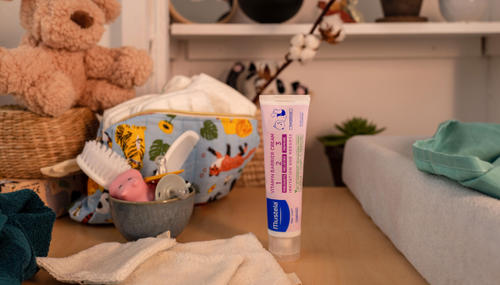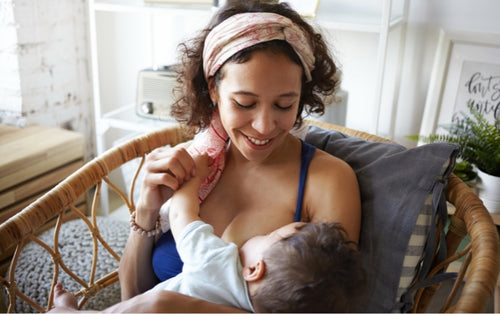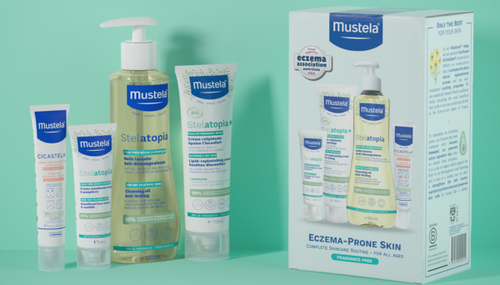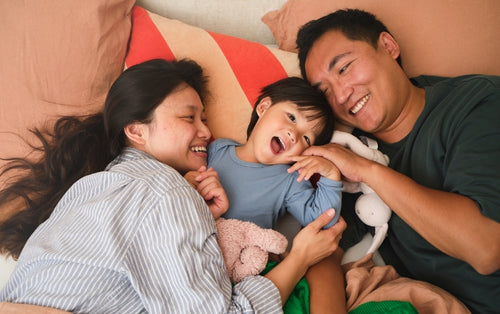Baby & Child
DAILY CARE
SPECIAL CARE
Maternity
DISCOVER
SPECIAL CARE
Family
PRODUCT TYPE
Mustela Mag
Pregnancy
Care and development
Being a parent
About us
OUR EXPERTISE
OUR STAR INGREDIENTS
- B Corp Company







